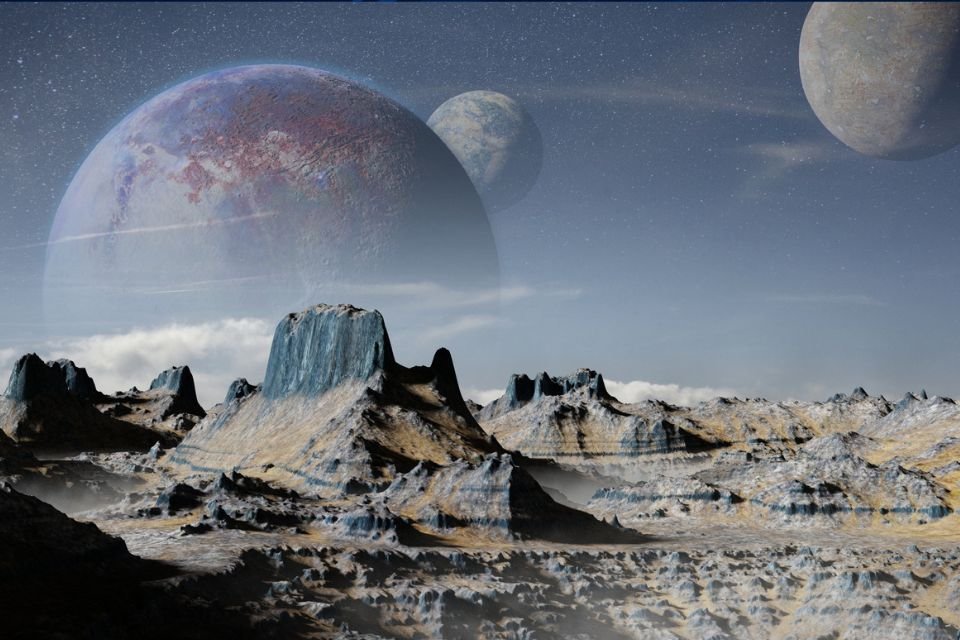A team of scientists has suggested that upcoming astronomical studies could use machine learning to search for distinct anomalies from high-resolution spectroscopic data, according to a study accepted in the scientific journal Astrophysical Journal and published on the preprint server arXiv.
The technology can help discover rare chemical signatures and unknown biological signatures. They are responsible for a different type of life beyond Earth.
Using spectroscopic data collected by different telescopes such as James Webb (JWST) and Nancy Grace Roman (RST), it will be possible to use today’s best machine learning techniques to investigate different anomalies. To reach the results, the study brought together physicists and machine learning experts.
The study, conducted by a team from the University of Florida in the United States, was titled “Probing New Chemistry in Extraplanetary Atmospheres Using Machine Learning for Anomaly Detection.” Researchers explain this ‘Life’ as we know it may be limited by humanity’s current view of science — after all, we still don’t know the answers to all the questions.
“The instruments are getting better: better spectral resolution, outstanding signal-to-noise ratio, wider wavelength coverage. In addition to JWST, which provides outstanding spectroscopic observations of various exoplanets, the European Space Agency (ESA) has a special instrument to observe a thousand planets.” plans for ARIEL, an exoplanet space telescope. Analyzing these data will keep scientists busy for a long time,” said Professor Katia Matcheva, one of the study’s authors, in a message posted to the website Universe Today.
Machine learning and life beyond Earth
The current problem is that scientists search for exoplanets and life outside Earth based on the biological signatures we know, that is, evidence of life and organic processes occurring on Earth. The most sought-after biosignatures include nitrogen (N2), oxygen (O2), carbon dioxide (CO2), methane (CH4), ammonia (NH3), and water (H2O).
Scientists say machine learning could be an incredible technique for searching for anomalies in spectra collected by telescopes. For this reason, researchers hope combining this data with the technique will yield new biosignatures; So perhaps even exoplanets that we already know about and classify as lacking a biological signature could be discovered as ‘habitable’; “In any case, they probably won’t be ‘habitable’ as we know them.”
“The astrobiology community has long been working on the definition of ‘life,’ but we have no idea what aliens actually look like and how they would interact with their environment. We are influenced by our human experience, and current strategies are to seek life in the ‘habitable zone’, which is by definition human-friendly (or terrestrial life). So how do you look for something if you don’t know what it looks like? This is where machine learning techniques for innovation detection come into play; They can flag data points that are inconsistent with the training data, that is, do not fit with existing theoretical models,” Matcheva concludes.
Follow the latest developments in technology and science at TecMundo. If you wish, take the opportunity to see it too, the NASA map allows you to view strange exoplanets in 360 degrees.
Source: Tec Mundo
I’m Blaine Morgan, an experienced journalist and writer with over 8 years of experience in the tech industry. My expertise lies in writing about technology news and trends, covering everything from cutting-edge gadgets to emerging software developments. I’ve written for several leading publications including Gadget Onus where I am an author.












